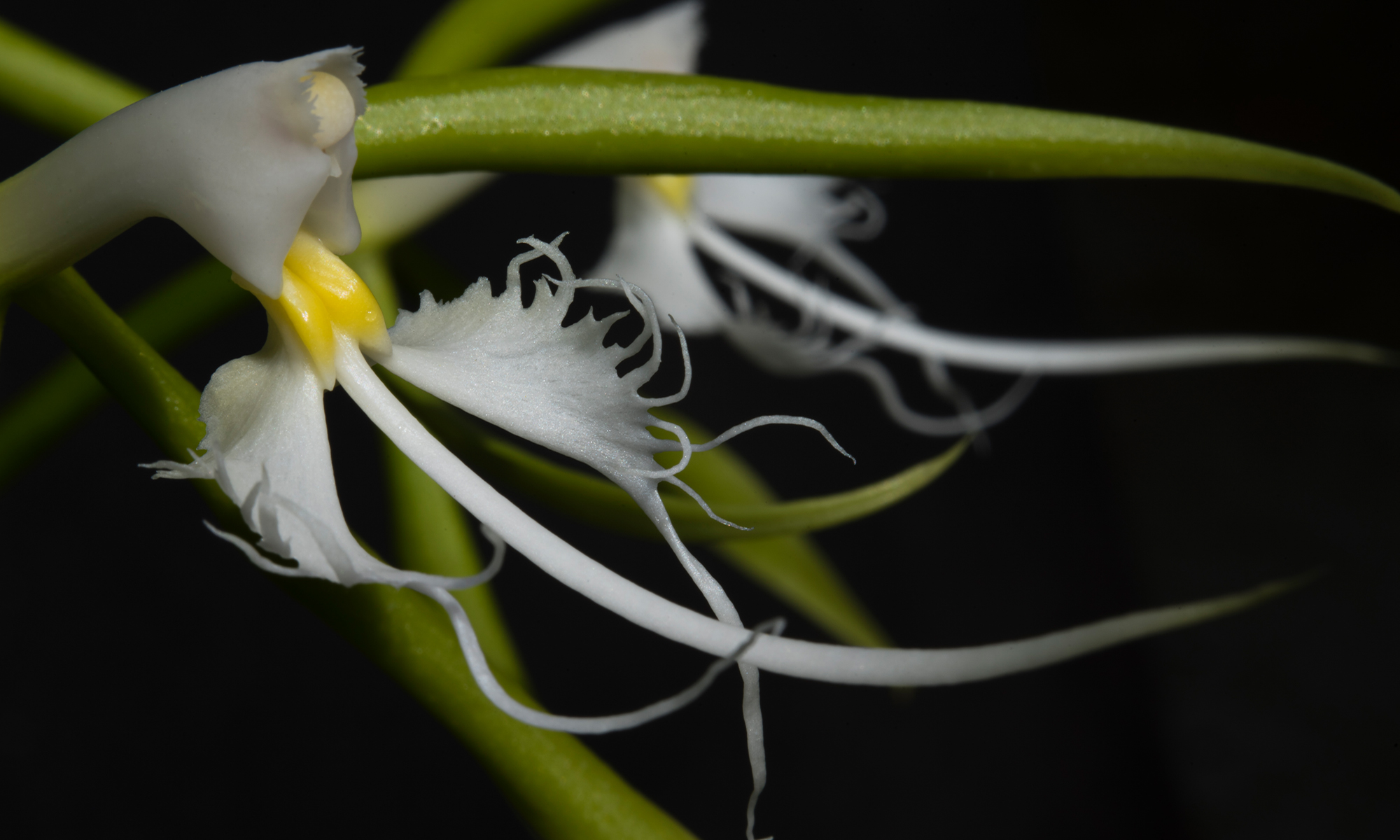Maintaining pest free plants can be crucial to completing experiments. An integrated pest management approach will help prevent damage to research plants. See below for the basics.
Have Questions? Check out our Growth Facilities Handbook
Growth Facilities Protocol Handbook (pdf, 2022)
Preventative Measures
Preventative measures are the least expensive and most effective way to maintain pest free plants.
Growing Healthy Plants
- Sow plants in clean new media. Do not reuse soil. Soil-less mixes such as Pro-Mix or Sunshine Mix #1 are recommended.
- Water plants by watering directly onto the growing media. Avoid wetting foliage, as it can promote growth of fungal and bacterial diseases (e.g. powdery mildew).
- Incorporate a slow release fertilizer such as Osmocote 14-14-14 into potting mix.
- More Reading
101 Ways to grow arabidopsis © 2019 Purdue University
Exclusion
- Start plants in a clean growing space. Remove old plants, soil and debris. Clean surfaces with soap and water or dilute peracetic acid (SaniDate 5.0). Make sure your growing space has been heat sterilized prior to use.
- Remove dead tissue from plants, tables and floor daily, as they can harbor pests and disease. Dispose of dead and dying plant material in orange-lid green bins, and store green bins away from growing spaces.
- Transfer of pests from the outside to plants can be mitigated with personal hygiene (i.e. hand washing, showering), wearing lab coats and gloves when entering growing areas or accessing growth chambers.
- Reducing the frequency and length of time growth room and growth chamber doors are open will minimize exposure of plants to pests and temperature changes.
- If space is available, plants affected by pests can be quarantined by moving them away from unaffected plants (another table or chamber).
Monitoring
- Inspect plants daily or as frequency as possible. Yellow sticky traps can be placed next to plants to scout for common invertebrate pests such as thrips, aphids, fungus gnats, shore flies, leaf miners and whiteflies. Blue sticky traps are effective for western flower thrips (F. Occidentalis). Place traps at time of sowing.
- Indicator plants or sentinel plants, plants that are most likely to be infested with pests, can be grown in conjunction with research plants to be used for detection. Common bean (Phaseolus vulgaris) is frequently used this way.
- Traps should be inspected at least once a week. A hand lens or microscope is helpful.
- Gently shaking plants can dislodge pests that are hidden from view. This is also a concern for moving infested plants in and out of growing spaces.
- The Growth Facilities staff can assist in identifying pests and diagnosing problems.
Biological Methods
Biological methods should be used pre-emptively to reduce the frequency and severity of pests. Their long-term use is sustainable and safe for plants and humans.
- Use a potting media that includes Pro-Mix. It is inoculated with mycorrhizae, which will help grow stronger and healthier plants and can suppress some soil borne diseases.
- Application of natural predators is effective for suppressing pest populations. Apply products as soon as they are delivered, typically every other Wednesday.
- The Growth Facilities provides upon request
Predatory Mites
- Neoseiulus cucumeris for control of thrips and mites.
- Stratiolaelaps scimitus for control of fungus gnats, shoreflies and thrips pupa.
Nematodes
- Steinernema feltia for control of fungus gnats and thrips.
Notes: Predator products should be applied to the surface of growing medium. Apply to plants most affected, the predators can move to neighboring plants. The nematode product S. feltia can also be applied to foliage. Avoid using in conjunction with pesticides, as it will interfere with their viability.
More Information from supplier: Natural Insect Control (pdf) or NIC, web pages at naturalinsectcontrol.com
Chemical Controls
Chemical controls should be used to eradicate pests that have already infected or infested plants.
- Insecticidal soaps (potassium salts of fatty acids) or cinnamaldehyde (essential oil of cinnamon bark) are an effective first line treatment for plants infested with insects. They have low toxicity to humans and most plants; however, some plants that are stressed (i.e. by extreme temperature or water conditions) may show damage from these chemicals. Spot treatment on a couple plants can be done to test for toxicity prior to full application. The Growth Facilites staff recommends End All II, a mild insecticidal soap with a low concentration of pyrethrins.
- A 1% solution of oil (olive or vegetable), water and a drop of dish soap can be sprayed onto foliage to control for scales, aphids, mealybug, mites and whitefiles. Avoid application on water-stressed plants and during temperatures above 32 °C. Spot treatment on a couple plants can be done to test for toxicity prior to full application.
- For major infestations, consult the Growth Facilities staff for chemical control options.
